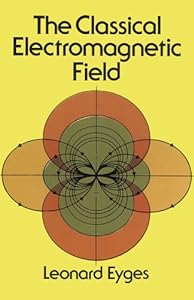No, Heck, I've never taken our discussions to be any more than that. I don't believe in any of this stuff. It is not worthy of belief, being only Science.

We observe. Just like in the 80s when there was Particle Stew as the Understanding. All of that was resolved by more Colliding at higher Energies in the 90s. 40 Particles resolved into 12 or something like that. The Understanding moved forward.
Before Hubble we thought we were in a formless Universe, "in an Island of Stars, all alone," they said. There ARE holes between the star systems of this Galaxy. We could see out. We could see there was nothing out there. But, Hubble said, wait, there is. You just need a bigger telescope. There are a bunch of galaxies and dust clouds. There are quasars and pulsars and black holes. We can see them. We can measure their energies.
OK, now more observation. Type 1A supernovae, blow up, the same way each time. Find those, and measure distance via "standard candle" math. It is the much better way than the Hubble Constant which is accurate only "locally."
So, finally we can tell the slow down of expansion, i.e., the deceleration rate that was assumed. All explosions, slow down. We can tell if there is enough energy to keep expanding, though slowly? Or is the expansion over? Are we soon to lose the red shift? All explosions slow down. Surelt the Big Bang is slowing down, or has stopped.
Ding Ding Ding!!! No. Neither. And neither is it stopped and neither is it just coasting at a velocity.. This accelerating expansion of the universe shows that the galaxies are repulsing each other. REPULSING!!!!! What the Cold Fusion Poopy Pants, is this??? It is Observed.
So, not only is the universe expanding, the rate is accelerating. What vast energy is driving that?
We don't know. So the Press calls that Dark Energy. There is all this extra gravity, called by the Press, Dark Matter. This surely means the Expansion is slowing. BUT NO.
How to explain it? Well, it is in the paper on Planck Time, and the Quantum Computing of Spacetime, perhaps. The one, I showed a few posts back. Read the conclusion. There is non-locality at the fine grain of Planck Space Quantum foam. So, no locality means non-causality as well, at the bottom rung of Spacetime. Locale is necessary for Time. No locale, no Time flow.
The energy is coming from the Past? Or is it from the Future? Or is expansion, just the outcome of these non-causal energy exchanges? In fact, the very idea of Past and Future is quite meaningless here, in a lot of ways.






